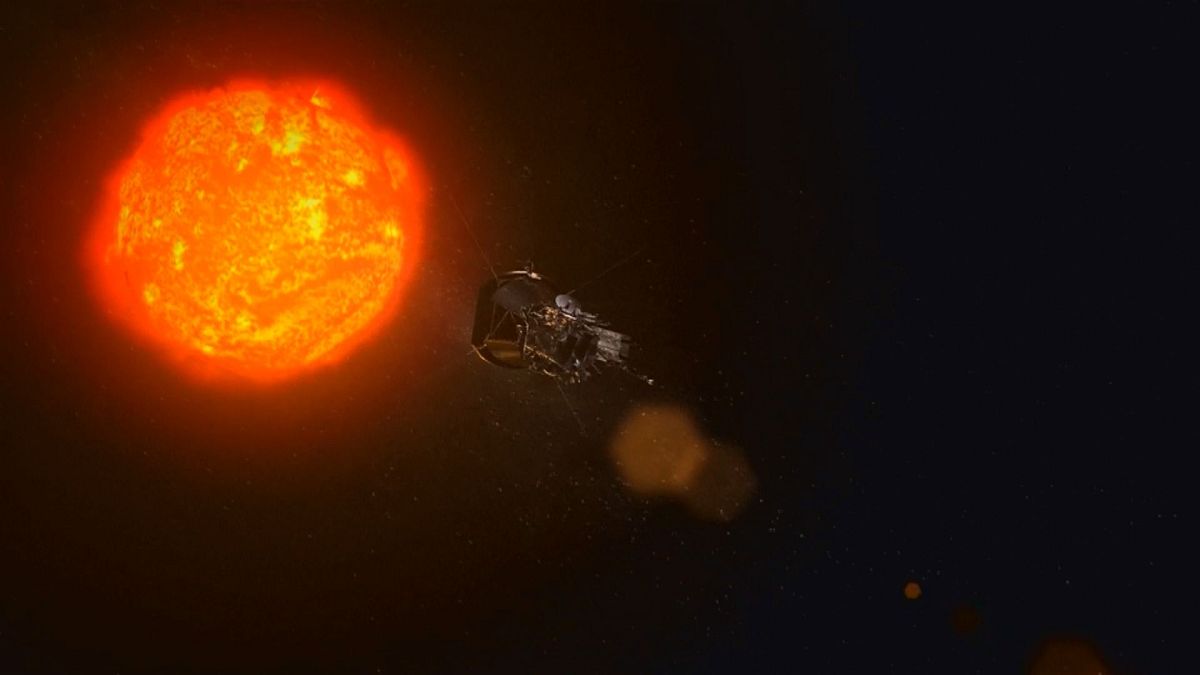NASA is launching a probe whose mission will be to get closer to the sun than any spacecraft ever has.
A NASA spacecraft set to launch next year will make a series of unprecedented plunges into the sun’s scorching atmosphere to better understand how the star works and how it impacts space weather.
The Parker Solar Probem designed and built by the Johns Hopkins University laboratory, is scheduled to launch in July 2018 and fly around Venus seven times to get itself into orbit around the sun in December 2024, getting closer to the star than any spacecraft ever has.
The unmanned spacecraft, the size of a small car, cost 1.3 million euros ($1.5 million) to build and will have to survive temperatures of more than 1,300 degrees Celsius.
NASA’s Parker Solar Probe mission aims to get eight times closer to the sun than any previous spacecraft https://t.co/liRk7EgRWr
— National Geographic (@NatGeo) May 31, 2017
Parker Solar Probe will launch in 2018, eventually traveling closer to the sun than any human-made object in history https://t.co/gDQOdAlFktpic.twitter.com/9fYvSiYJhV
— NASA Sun & Space (@NASASun) May 31, 2017
“Solar probe is going to be the hottest, fastest mission. I like to call it the coolest hottest mission under the sun. We are going to be moving at blistering tempera tures and going up into the corona,” said project scientist Nicola Fox.
“We are also going to be providing critical information that will allow us to better forecast how our Earth’s environment responds to the sun. We’ll be doing critical advances that will enable us to better predict space weather.”
The mission, formerly known as the Solar Probe Plus, was approved in 2014. On Wednesday, the spacecraft was renamed to honour University of Chicago physicist Eugene Parker, who in 1958 correctly predicted the existence of the solar wind, a continuous stream of charged particles that come off the sun and permeate the solar system.
In addition to expanding knowledge of stellar physics, the information is expected to help engineers design better instruments and techniques for predicting solar storms and other events that can cripple satellites, disrupt power grids and affect aircraft travel on Earth.
We’ve renamed our first mission to touch the sun as the Parker Solar Probe in honor of astrophysicist Eugene Parker: https://t.co/gpF1eqloidpic.twitter.com/F1KgjJLaO0
— NASA (@NASA) May 31, 2017
